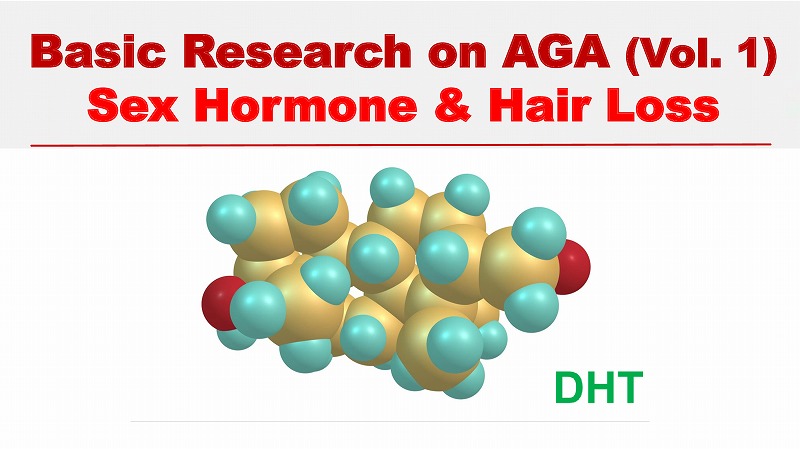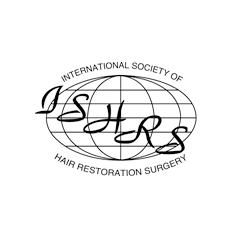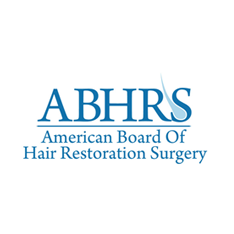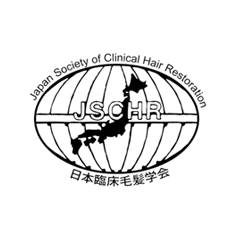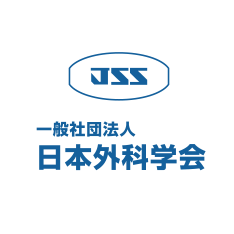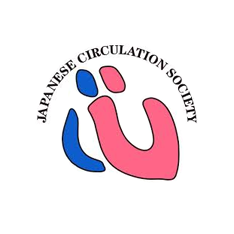Testosterone Signaling Pathway
DHT-Androgen Receptor Complex
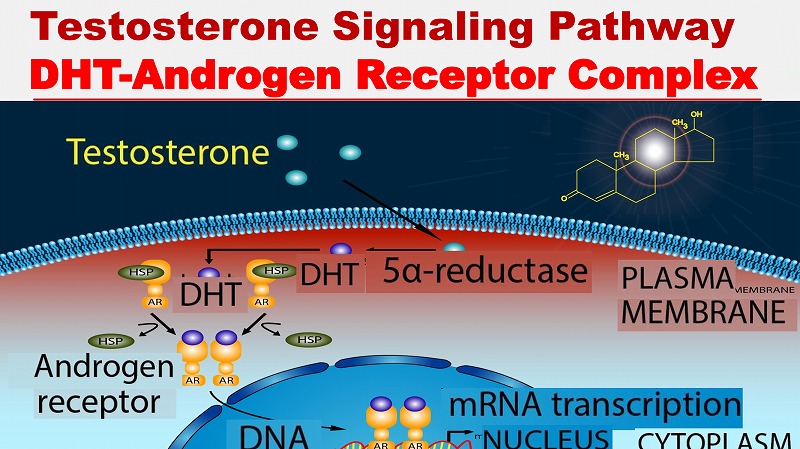
Dihydrotestosterone (DHT) is more effective than testosterone, because the DHT-androgen receptor complex is more stable and persists longer than the testosterone-androgen receptor complex in hair follicular cells.
The DHT-receptor complex develops most of the events in sexual maturation in male puberty. The symptoms and signs include growth of facial and body hair, temporal hair recession, and maturation of the external genitalia.
The distribution of androgen receptors differed between the scalp areas in patients with androgenetic alopecia.
The level of androgen receptors in the scalp hair follicles was 30% higher in the frontal balding area than the occipital non-balding area in AGA.
Dermal papilla cells are the targets in the hair follicles responding to testosterone.
The androgen-androgen receptor complex suppresses mitogen. It also suppresses excretion of growth factors from dermal papilla cells. In this way, these inhibit epithelial growth.
When testosterone increases to adult levels, it initiates and promotes a genetic program of hair loss in the susceptible dermal papilla cells in the balding area.
Androgen Receptor Protein
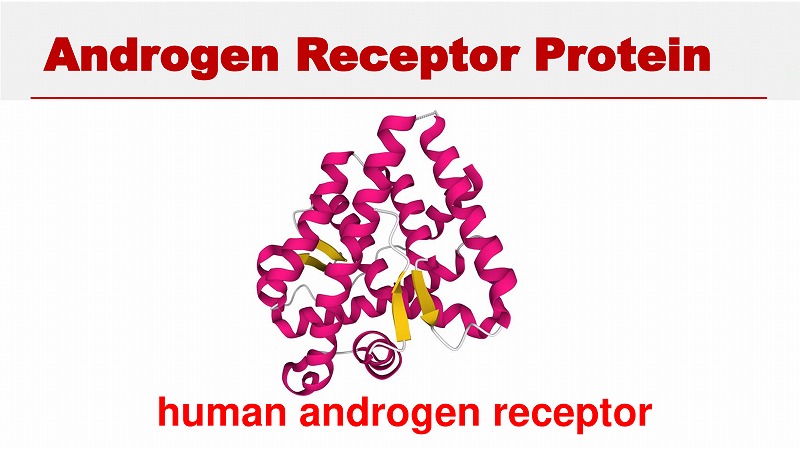
Intracellular androgen metabolism, including 5alpha-reductase and aromatase, as well as the level of androgen receptor proteins, play an important role as hormonal factors in AGA.
Androgen receptor protein (ARP) is rich in the outer root sheath and dermal papilla fibroblasts in the scalp hair follicles.
The amount of androgen receptors was 30% higher in the balding frontal area than in the non-balding occipital area in men and women. The total amount of receptors was 40% higher in men than in women.
The binding of androgens to ARP promotes interaction between mesenchymal dermal papilla cells and epithelial follicular cells, resulting in miniaturization of terminal hair in AGA.
On the other hand, by the same mechanism, the beard and mustache hair become thicker in adolescence in men.
Symptoms of female AGA can also develop irrelevant of androgen receptors in certain patients.
Progesterone Receptor
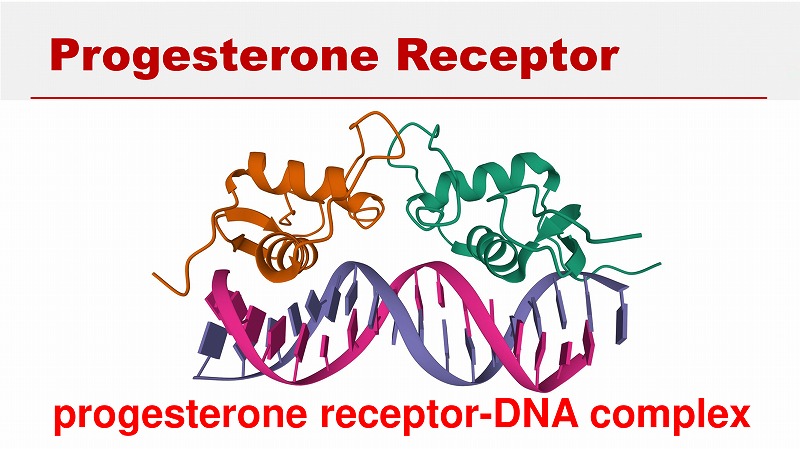
The level of progesterone increases during pregnancy.
Progesterone keeps hair follicles in anagen, and it thickens hair, especially during pregnancy.
Low progesterone levels cause hair loss after the delivery and menopause in women. Hormone replacement therapy for menopausal women can be helpful for the treatment of hair loss.
The effect of progesterone on scalp tissues is mediated by progesterone receptors, which are members of the nuclear receptor family of ligand-dependent transcription factors.
